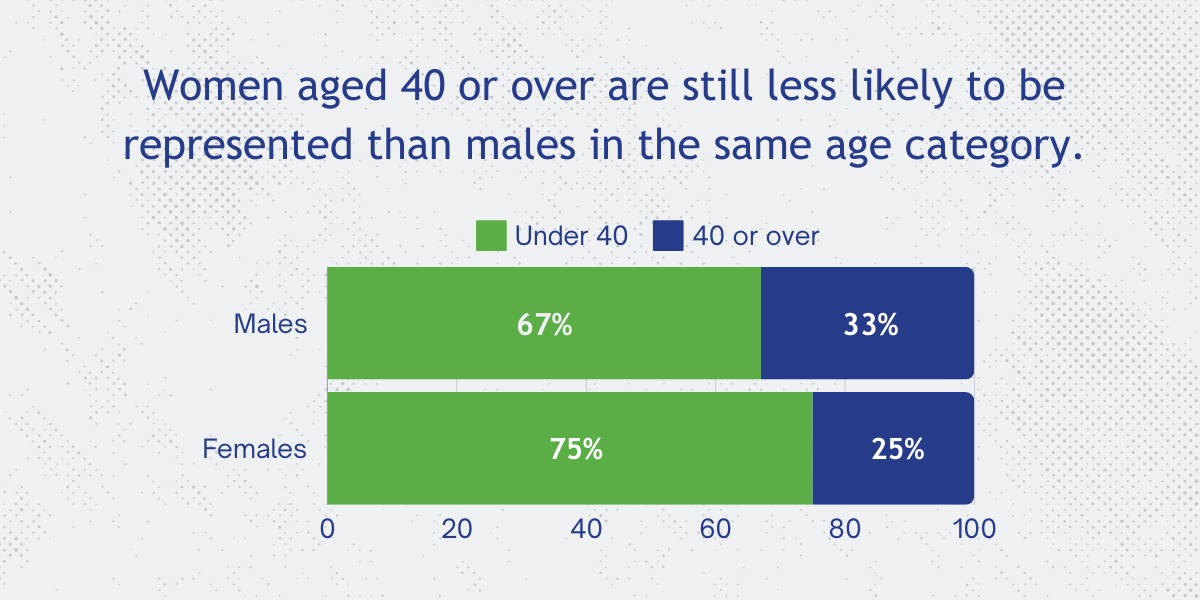Publish Date: Jul 09, 2024
The Unstereotype Alliance with Kantar has measured over 22,000 ads across 72 countries, 7,600+ brands and 280 categories to produce the following 2023 Gender Unstereotype Metric key findings.
About the metrics: The Unstereotype Alliance’s 'Gender Unstereotype Metric’ (GUM) is an open-access tool that measures how well a piece of advertising presents a progressive or regressive image of the female and/or male character(s). It is a single measure question that can be applied to advertising creative at any stage of the process through to completion.
In 2023, the Progressive Unstereotype Metric (PUM) was also developed in partnership with Kantar. The new metric evaluates all characters in an ad, measuring how progressive the representations are. It was developed with a focus on measuring representations of age, race & ethnicity, and disability, and should be implemented in addition to the existing Gender Unstereotype Metric (GUM).
The findings below were extrapolated from the 2023 Gender Unstereotype Metric Review. This data helps inform the work of the Unstereotype Alliance and is leveraged by the broader Industry.
Unstereotype Alliance members are leading the charge
Markets with Unstereotype Alliance presence have more positive representations of gender than markets without.
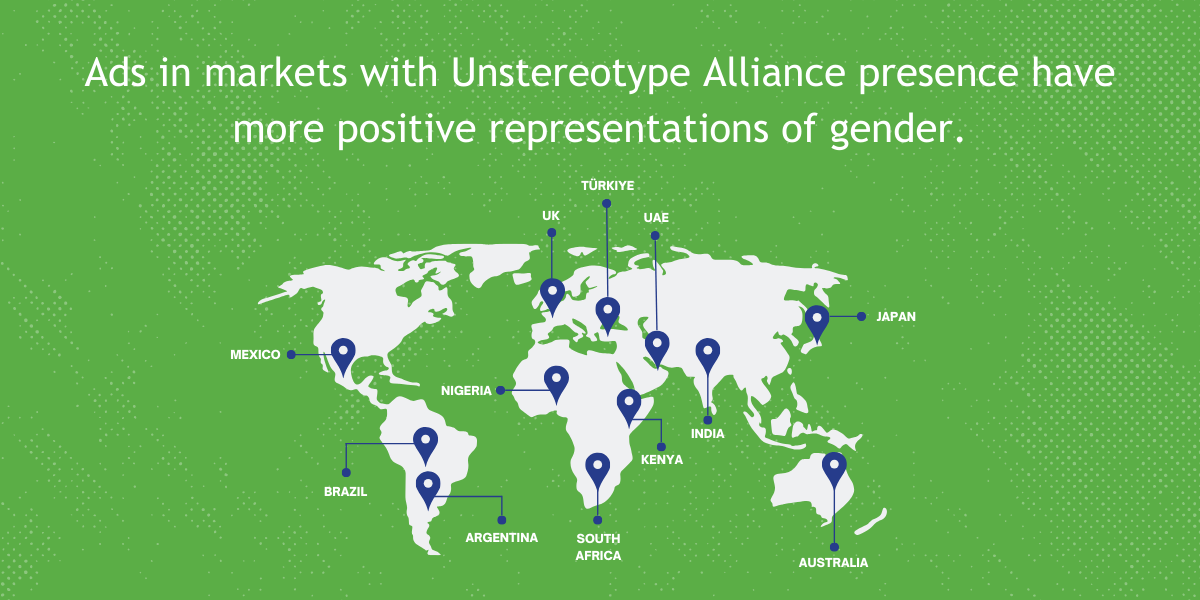
Progressive portrayals of all people benefit society and benefit business.
Ads with a high Gender Unstereotype Metric score continue to predict greater ROI for advertising investment. Both brand equity measures and short-term sales likelihood are higher for Unstereotype Alliance members than non-member.
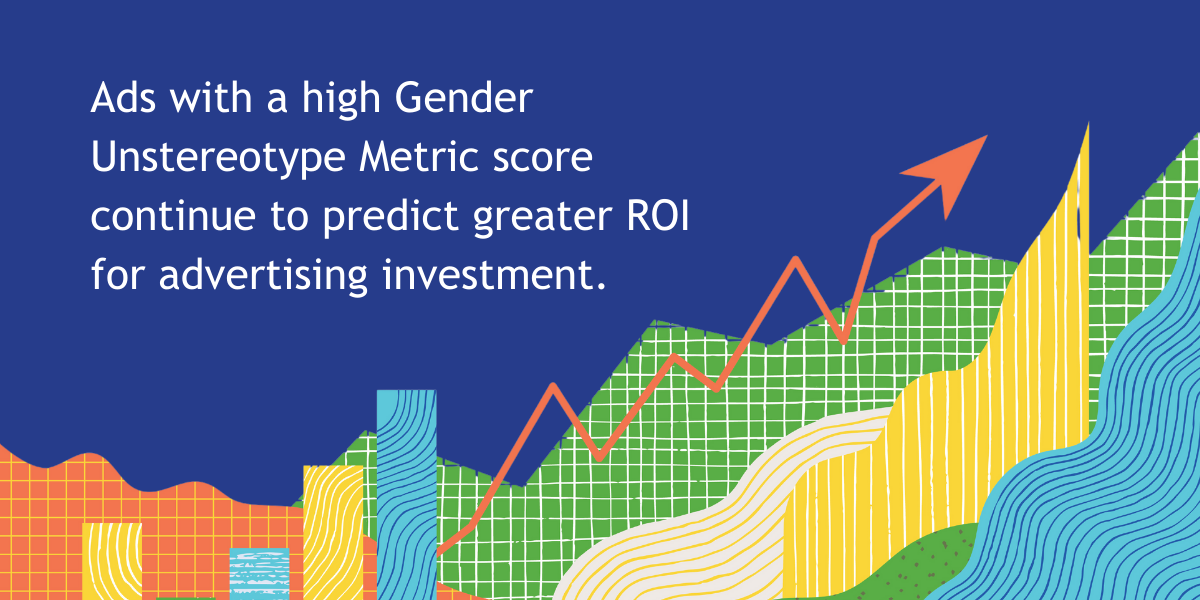
Read more about the correlation between progressive portrayals and ROI in the initial findings of an industry first study from the Unstereotype Alliance, recently launched at Cannes Lions 2024. Read the insights >
People living with a disability were enormously underrepresented in advertising in 2023
Only 1% of ads featured someone living with a disability, versus 15% of the global population. This shows little sign of improvement from previous years. When those characters living with a disability are present, they are in a lead role 50% of the time.
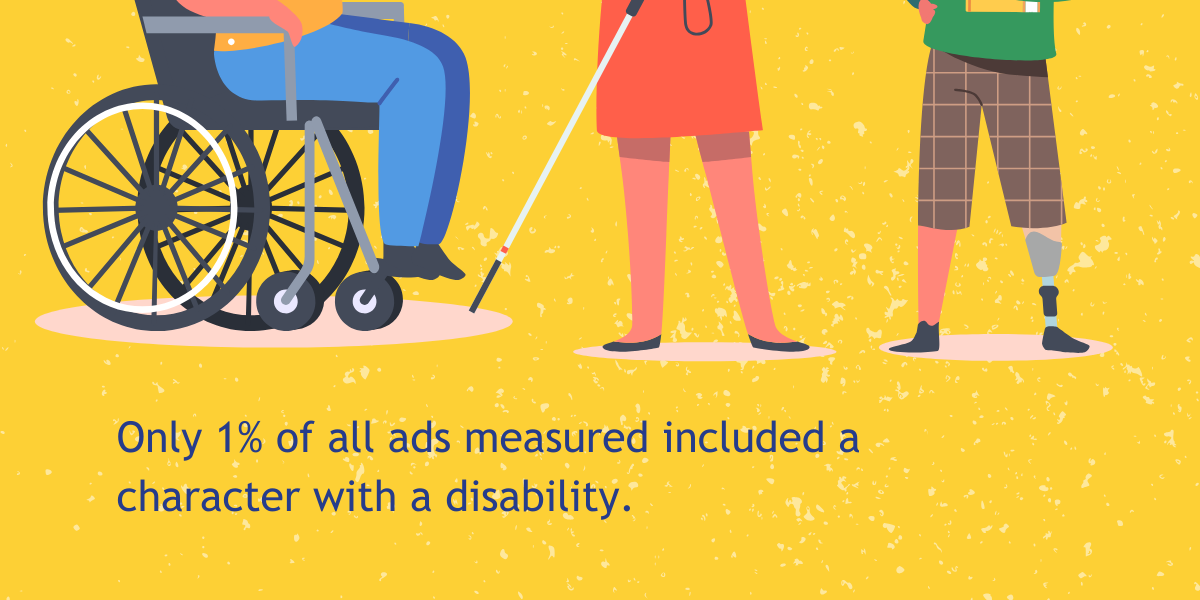
Less than a third of the global ads measured show diversity in the colour of people’s skin
Despite a small y-o-y increase of 1%, overall there is limited diversity in skin colour of characters in a lead role. As in 2022, markets with an Unstereotype Alliance outstrip the average with skin colour diversity at 35%.
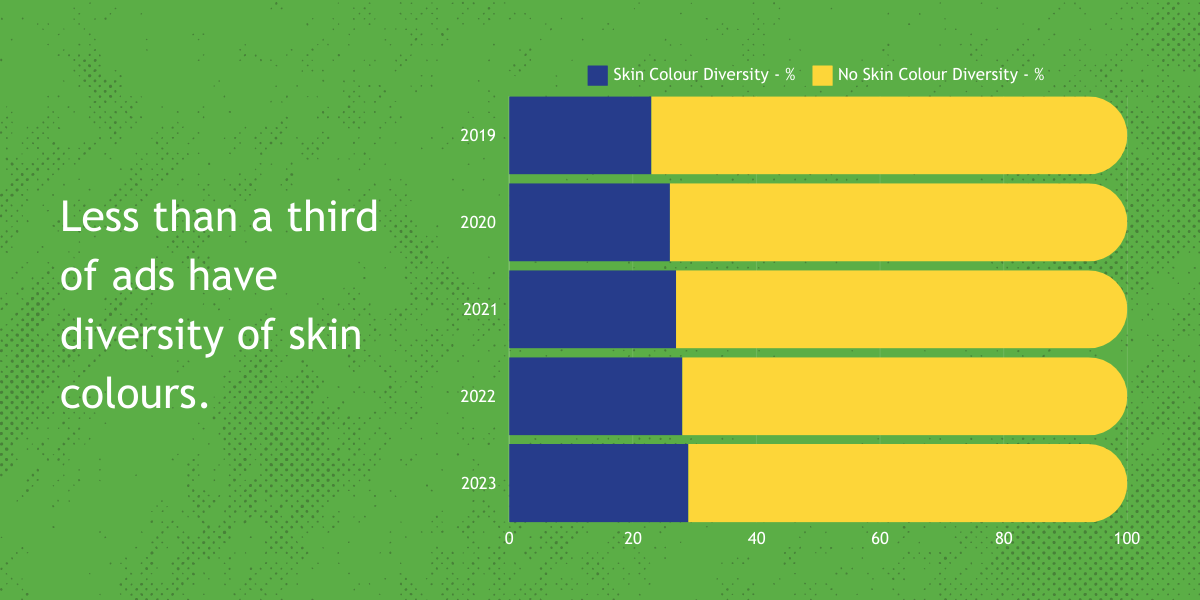
People over the age of 40 are woefully underrepresented in advertising worldwide, particularly women aged 40+.
Adults who are 40 or over are still underrepresented in advertising content. It also disproportionately impacts women, who are less likely to be represented than men in the same age category. But there is promising news: representation of over 40s is growing year on year.
